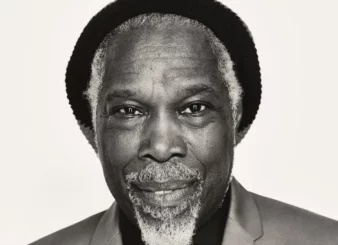If you’re looking for a job, you’ll most definitely need a winning CV. Whether you’re writing your first ever CV, or you’re a seasoned professional; it can make or break your chances of securing that ideal job. Therefore, it’s important that you get it right.
A CV is essentially a document that outlines who you are, what relevant experience you have and what you can bring to your next role. It’s most definitely not an autobiography of your life and employers will often spend under 30 seconds skimming through it.
With this in mind, there’s a number of factors to consider when writing your CV. From framing the content in the right way, to including the correct information and tailoring it to the job you’re applying for. If you’re hoping to secure that exciting role then read on for our advice.
Stick to a clear CV structure
Firstly, ensure that you stick to a clear structure. There are plenty of kicking about online; so have a search and decide which is best for you. For example, if you’re straight out of education and have little experience, your focus is going to be more on your studies and skills.
Alternatively, if you’ve been working in your industry for some time, you’ll likely stick to a more traditional format; starting with your personal profile, before moving on to your experience and then your education.
Either way, the top of your CV should always include your name, contact number and email address. You don’t have to state your full address on your CV if you don’t want to, though do try to include the town you live in, especially if it’s close to where the company is based. Also, you may wish to include your professional title, if appropriate.
Perfect your personal profile
The first main section of your CV is your personal profile. Keep this short, no more than three sentences long and provide a brief summary of who you are and what you can bring to the role you’re applying for. Alongside this, if you have any career goals, be sure to include these.
Just remember that the reader wants to know why you’re the best person for the job. So, if you fail to impress them at the top of your CV, they’re unlikely to carry on reading.
Shout about your experience
Next up is your experience section: possibly the most important part! Here, you can highlight any relevant experience you have; whether that’s work experience, an internship or full/part-time employment.
You should state your experience in reverse chronological order, starting with your most recent position first. For each section, be sure to include the job title, the dates in which you worked there (month and year is fine) and a short overview of any key skills and achievements. To make it easier for the reader to digest, it’s also best to use bullet points.
Alongside the above, when shouting about your achievements in each role, try using numbers to quantify them. For instance, rather than stating ‘I consistently hit target every month’, try ‘I consistent exceeded my target by 20% each month’. It helps to bring your example to life.
Touch on your education
The next part to focus on when writing your CV is the education section. Again, list your education out in reverse chronological order and include any relevant qualifications. If you’ve only just left education, this section will be your main focus and you can go into detail on any key modules studied at University or grades achieved in school/college.
As you progress throughout your career, employers tend to focus less on your education and more on your experience. So, if you have over 10 years’ experience in the industry, you probably don’t need to include details about school or college.
What else should you include?
Aside from the above, there are a few other sections that some people opt to include in their CV. For example, some wish to shout about their hobbies and interests. Again, if you’re just starting out in your career, this section can be useful to include. However, only do so if you actually have something interesting to say and better still: don’t lie!
At the end of your CV, you may also want to include a reference section. Note that you don’t need to actually include references on your CV; simply stating ‘References available upon request’ will suffice.
Tailor your CV to every role
Hopefully, you’ve got to grips with the basic structure of a CV. It’s definitely worth putting together a ‘skeleton’ document that you can work off of every time you apply to a job. However, it’s very important that you tailor your CV to every different role you apply for.
After all, a generic CV that isn’t relevant to the job won’t impress recruiters. They want to know what you can bring to the business and why you’re interested in the role. So be sure to set aside some time to do this.
Keep it concise
Finally, be sure to keep your CV concise. It’s recommended that you stick to two pages – any longer than this and it definitely won’t get read. Use a clear and easy to read font, such as Arial or Calibri in size 11 or 12. Alongside this, ensure that it’s in a format that’s easy to read. Graphics don’t tend to work well on CVs, especially if the company is using an Applicant Tracking System.
Ready to start writing your CV?
So there you have it; your ultimate guide to CV writing. Hopefully, the above information should be useful to you when you’re looking for work. Remember, stick to a clear format and include only the most relevant information. That way, your CV has a better chance of making it to the ‘yes’ pile; once you’re ready to go, why not register it online and see how you get on – good luck!









